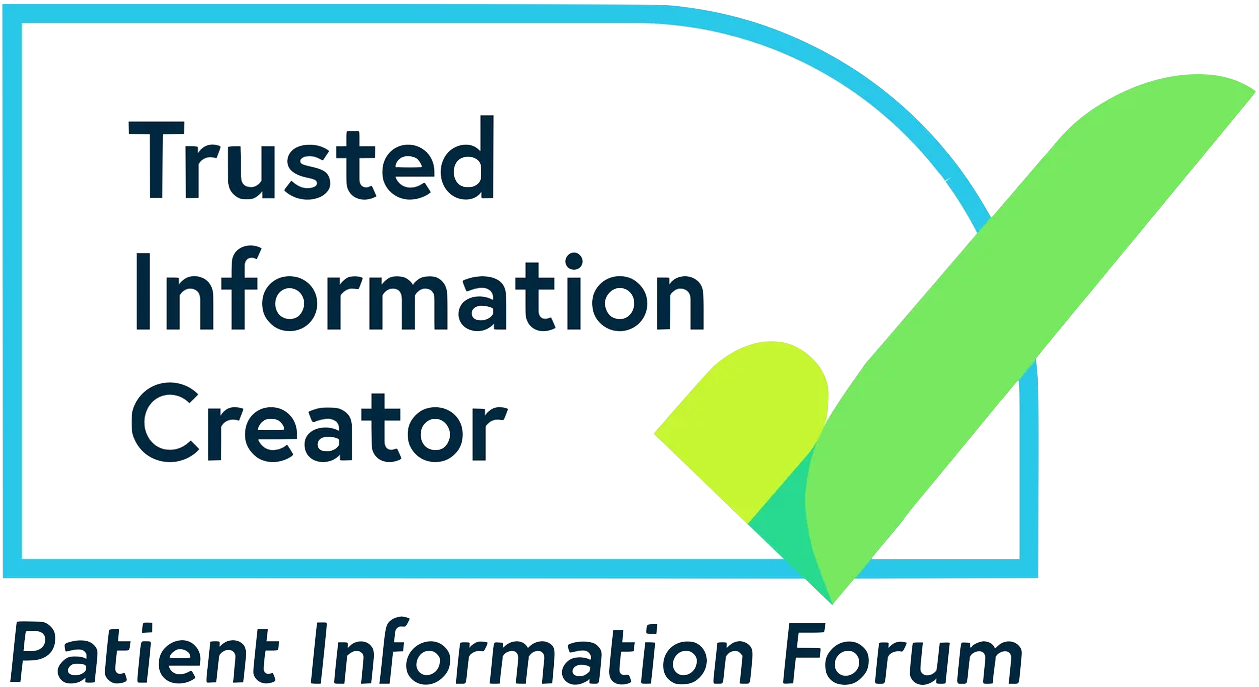What would you like to find out today?
Key points
- Knowing what to do when someone has a seizure can help you feel prepared and less likely to panic when you see one
- When someone is having a seizure it’s important to stay with them until the seizure is over and they are fully recovered
- Look for an epilepsy identity card or identity jewellery – it may give you information about their seizures and what to do
- Most people with epilepsy don’t need an ambulance when they have a seizure
- Some people are prescribed emergency medicine to stop seizures that last too long
- Not everyone has just one type of seizure. For some people, it may start as one type and move on to another

Tonic-clonic seizures
Tonic-clonic seizures are the type of seizure most people recognise. Someone having a tonic-clonic seizure goes stiff, loses consciousness, falls to the floor and begins to jerk or convulse.
Focal seizures
Someone having a focal seizure may not be aware of their surroundings or what they are doing.
They may have unusual movements and behaviour such as plucking at their clothes, smacking their lips, swallowing repeatedly or wandering around.
Find out how you can help if you see someone having a focal seizure.

Status epilepticus
Status epilepticus is when a seizure lasts a long time or when you have one seizure after another without recovering in between. It is a medical emergency.
If you think someone is in status epilepticus you must call an ambulance immediately.
Find out more about status epilepticus






